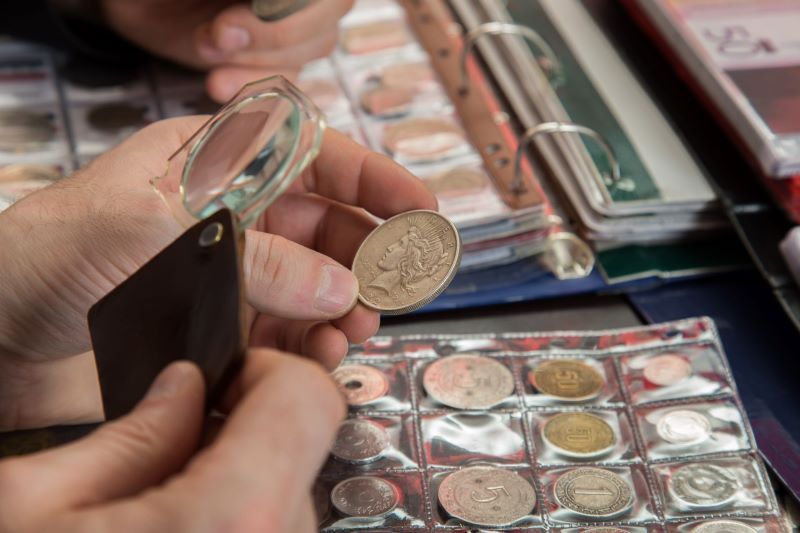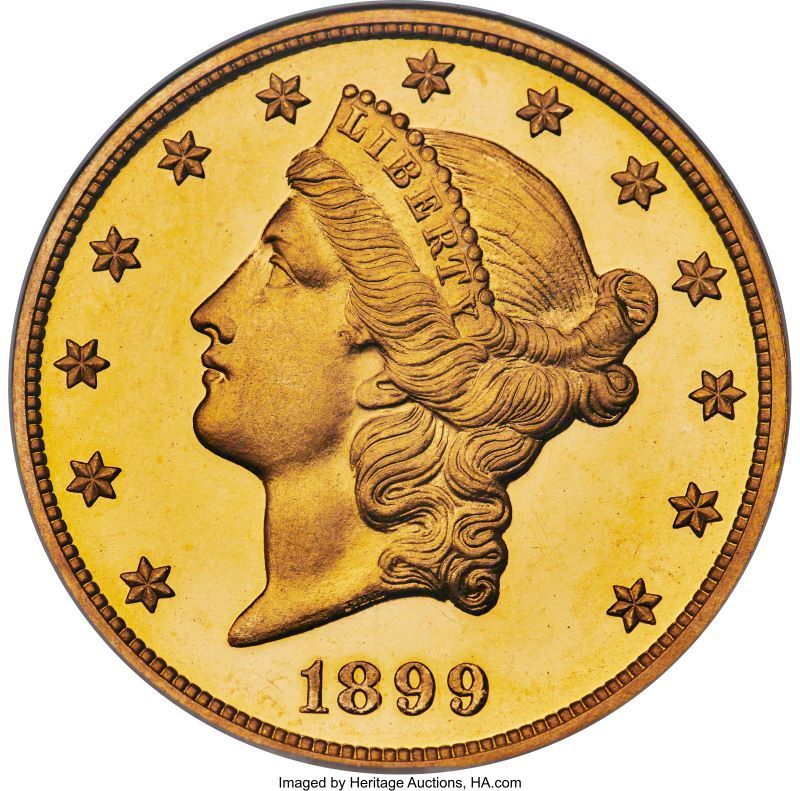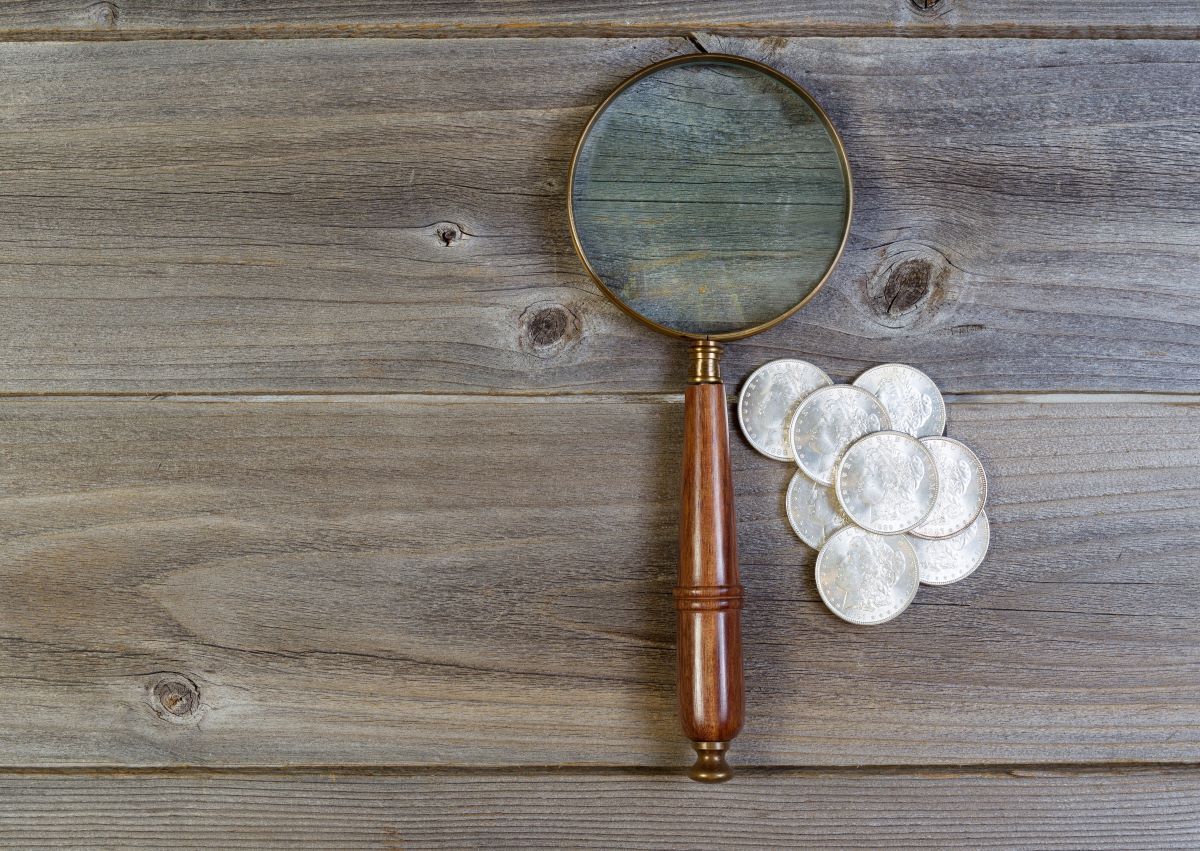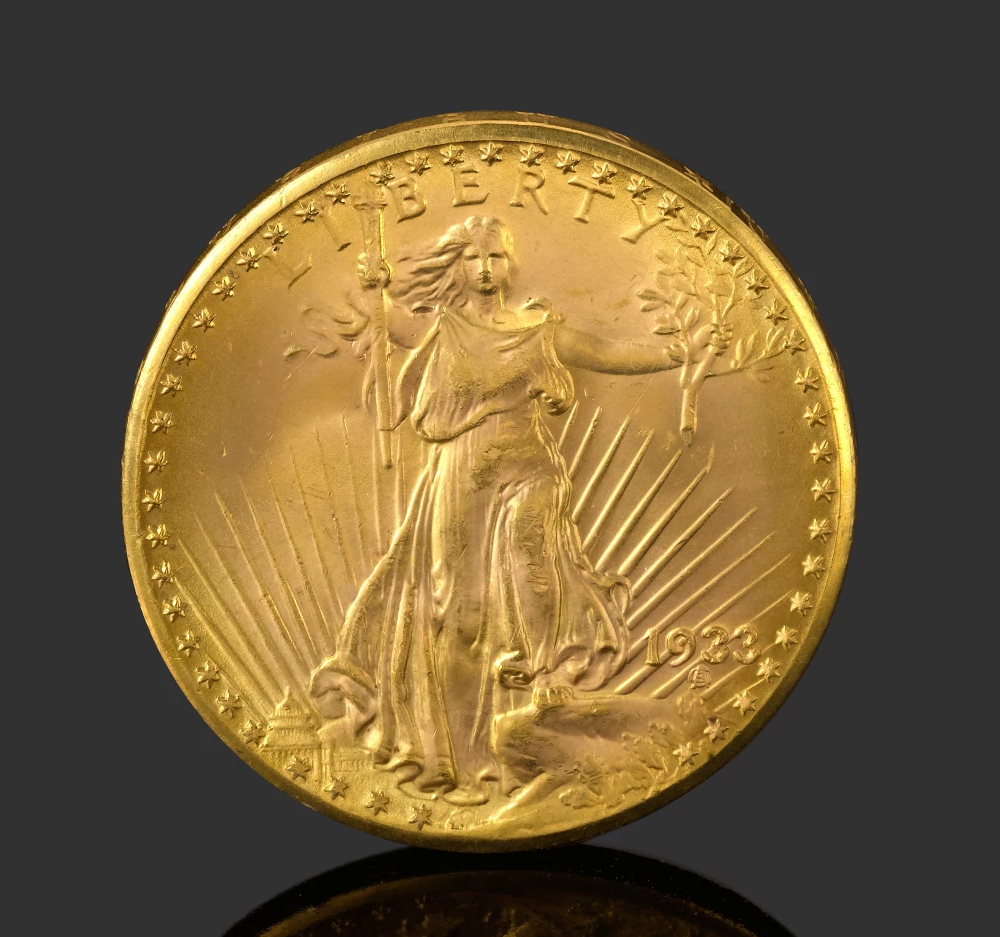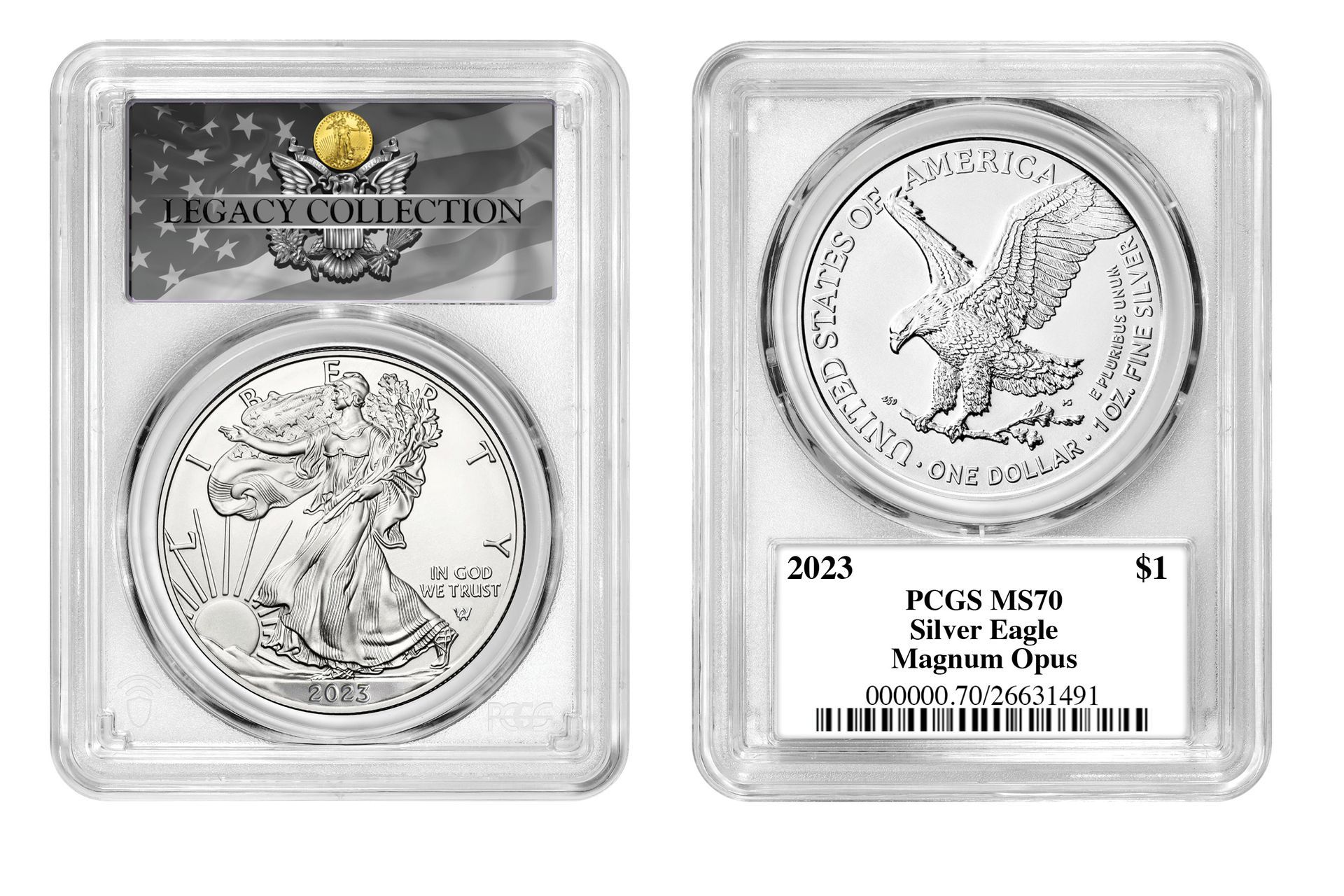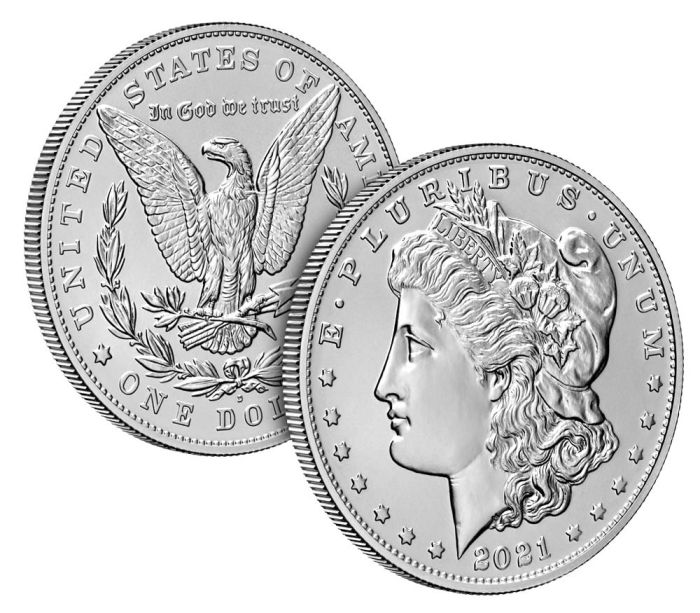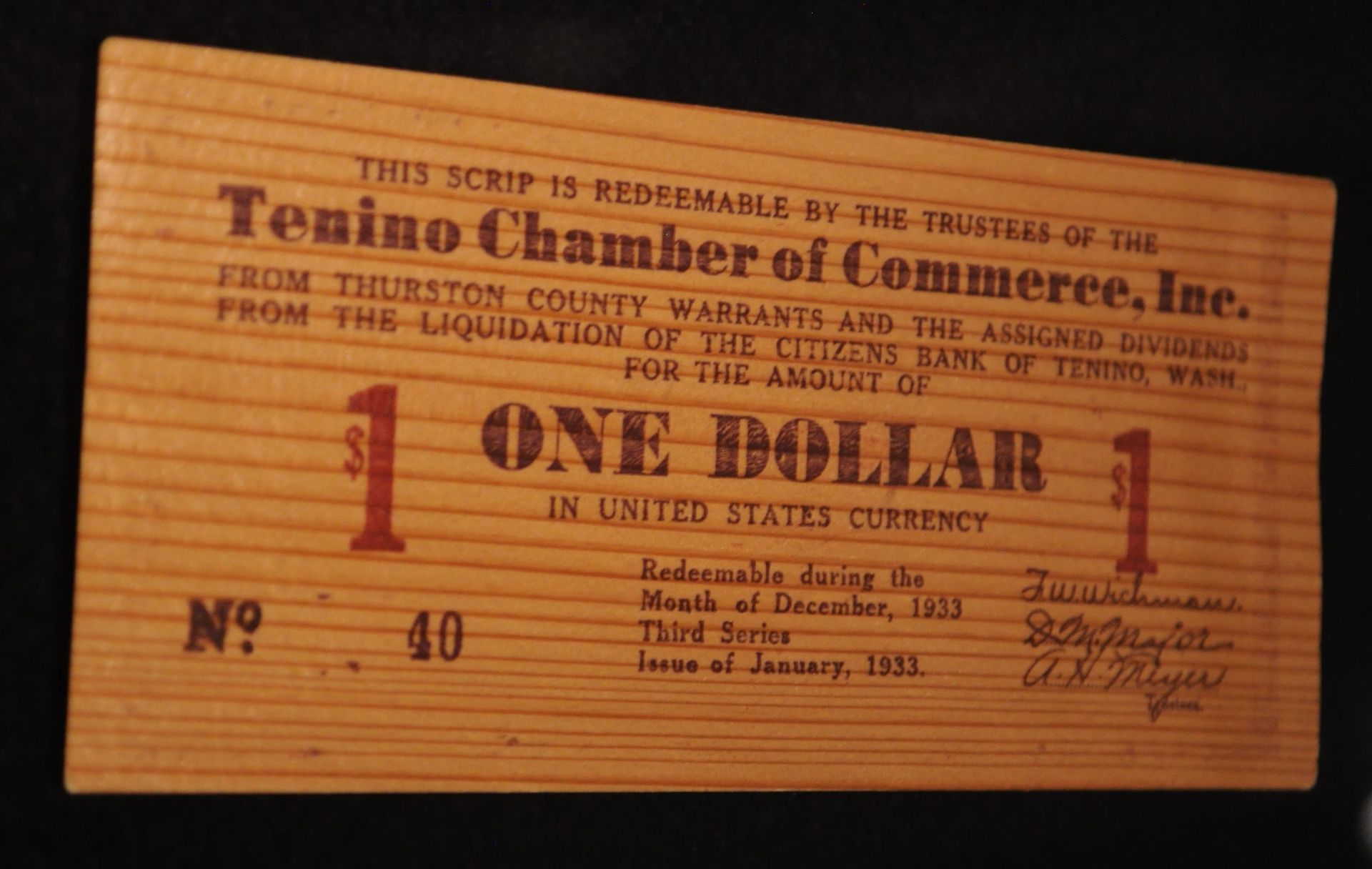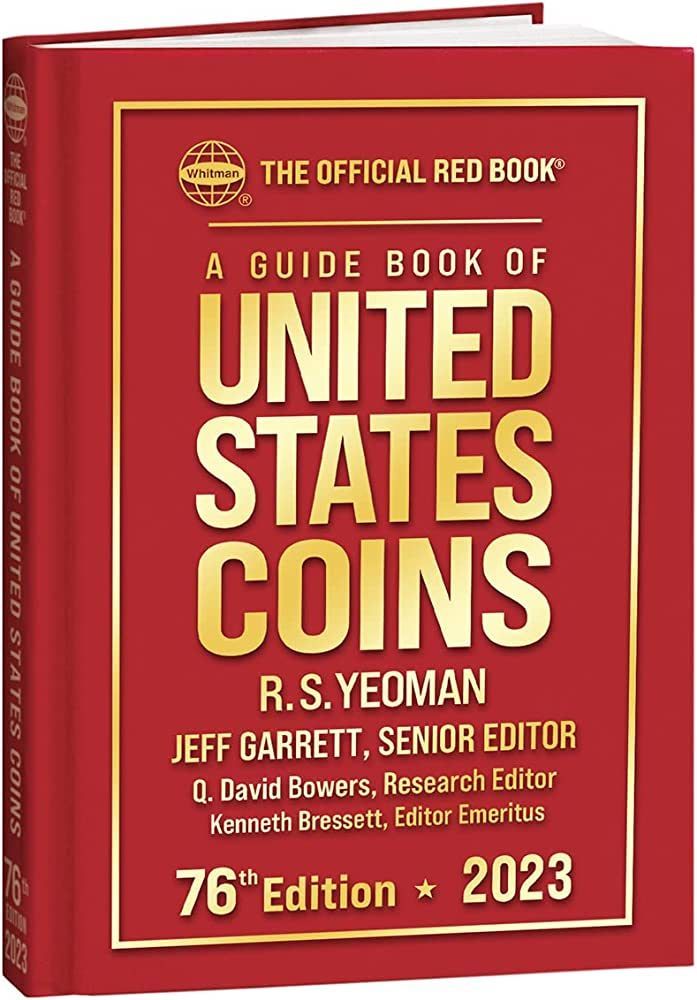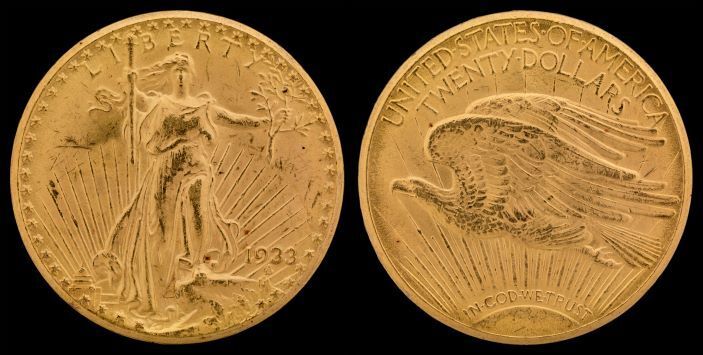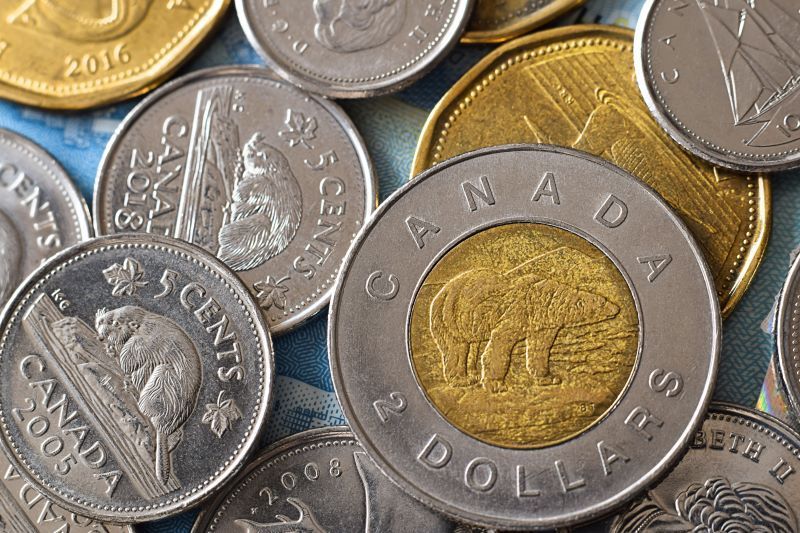
Ah, Canada! The land of maple syrup, friendly folks, and coins with catchy names. Ever heard of the Loonie and Toonie? If you've been up north, you've likely jingled a few in your pockets. But have you ever stopped to wonder where those quirky names came from? Let's dive in and discover the tales behind Canada's one and two-dollar coins.
Historical Background
Once upon a time, Canadians handed over paper one-dollar bills. But in 1987, a decision was made to shift to a coin format, not only for the sake of durability but also for cost savings in the long run. Just a decade later, the two-dollar coin came into play, ensuring that Canadian pockets and purses were a tad heavier and, dare we say, cooler.
Enter the loon. No, not your kooky neighbor, but the bird! The loon is a symbol of Canadian wilderness, often spotted on tranquil lakes during summer sunsets. It's also the star of the one-dollar coin, gracefully showcased in mid-call. Given its iconic representation, the coin soon garnered the affectionate nickname "Loonie" among Canadians. And just like that, the name stuck, and the coin became an instant classic.
The Birth of the Toonie
Having witnessed the popularity of the Loonie, the introduction of the two-dollar coin begged for an equally catchy name. Combining the number "two" with "Loonie" gave birth to the “Toonie.” Even though the coin features a majestic polar bear (sorry, no double loons), the fun name was a natural fit, and Canadians took to it with enthusiasm.
Economic and Cultural Impact
Beyond their fun names, the introduction of the Loonie and Toonie reshaped Canadian commerce. Durable coins meant fewer trips to the mint for replacements, saving the nation a pretty penny (pun intended). Culturally, these coins are more than just currency—they're conversation starters, markers of identity, and even made their way into pop culture references.
Fun Facts and Trivia
Ever heard of the "lucky loonie"? It’s a Canadian sports tradition where a Loonie is secretly embedded under the ice at international hockey events, hoping to bring luck to Canadian teams.
The coins have also seen various design tweaks over the years, from commemorative editions to changes in composition. A cool tidbit: if you've ever noticed a Toonie "split" in cold weather, it's because of its bi-metallic nature!
Conclusion
So, there you have it. From serene lakes to icy hockey rinks, the Loonie and Toonie aren't just change in your pocket—they're a slice of Canadian identity. Whether you're buying a cup of Tim Hortons coffee or saving up for a trip to the Rockies, these coins are a charming and ever-present part of the Canadian experience. Next time you hear them jingle, you’ll know the story behind the sound.
.
Share With Your Friends
